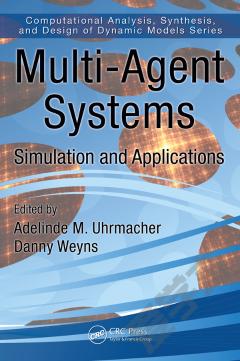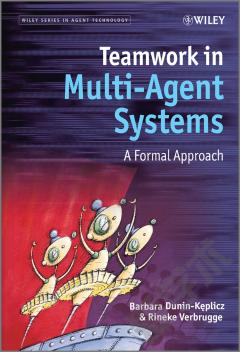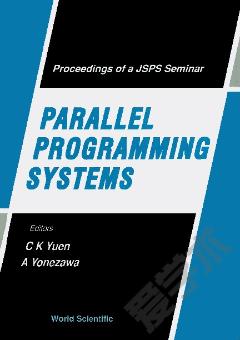Programming Multi-Agent Systems in AgentSpeak using Jason
Preface. 1 Introduction. 1.1 Autonomous Agents. 1.2 Characteristics of Agents. 1.3 Multi-Agent Systems. 1.4 Hello World! 2 The BDI Agent Model. 2.1 Agent-Oriented Programming. 2.2 Practical Reasoning. 2.3 A Computational Model of BDI Practical Reasoning. 2.4 The Procedural Reasoning System. 2.5 Agent Communication. 3 The Jason Agent Programming Language. 3.1 Beliefs. 3.2 Goals. 3.3 Plans. 3.4 Example: A Complete Agent Program. 3.5 Exercises. 4 Jason Interpreter. 4.1 The Reasoning Cycle. 4.2 Plan Failure. 4.3 Interpreter Configuration and Execution Modes. 4.4 Pre-Defined Plan Annotations. 4.5 Exercises. 5 Environments. 5.1 Support for Defining Simulated Environments. 5.2 Example: Running a System of Multiple Situated Agents. 5.3 Exercises. 6 Communication and Interaction. 6.1 Available Performatives. 6.2 Informal Semantics of Receiving Messages. 6.3 Example: Contract Net Protocol. 6.4 Exercises. 7 User-Defined Components. 7.1 Defining New Internal Actions. 7.2 Customising the Agent Class. 7.3 Customising the Overall Architecture. 7.4 Customising the Belief Base. 7.5 Pre-Processing Directives. 7.6 Exercises. 8 Advanced Goal-Based Programming. 8.1 BDI Programming. 8.2 Declarative (Achievement) Goal Patterns. 8.3 Commitment Strategy Patterns. 8.4 Other Useful Patterns. 8.5 Pre-Processing Directives for Plan Patterns. 9 Case Studies. 9.1 Case Study I: Gold Miners. 9.2 Case Study II: Electronic Bookstore. 10 Formal Semantics. 10.1 Semantic Rules. 10.2 Semantics of Message Exchange in a Multi-Agent System. 10.3 Semantic Rules for Receiving Messages. 10.4 Semantics of the BDI Modalities for AgentSpeak. 11 Conclusions. 11.1 Jason and Agent-Oriented Programming. 11.2 Ongoing Work and Related Research. 11.3 General Advice on Programming Style and Practice. A Reference Guide. A.1 EBNF for the Agent Language. A.2 EBNF for the Multi-Agent Systems Language. A.3 Standard Internal Actions. A.4 Pre-Defined Annotations. A.5 Pre-Processing Directives. A.6 Interpreter Configuration. Bibliography.
{{comment.content}}








 京公网安备 11010802027623号
京公网安备 11010802027623号